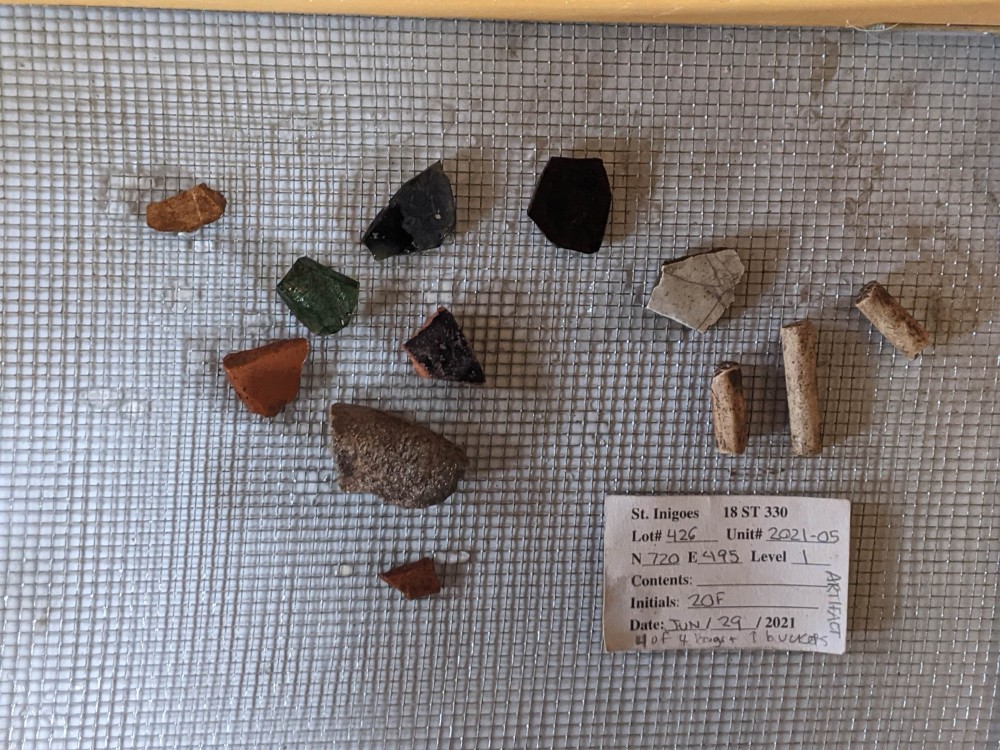Descendants of enslaved people join dig on former Jesuit plantation

Vickie White Nelson, 49, has deep roots in southern Maryland. Her ancestor, Regis Gough—her mother’s great-great-grandfather—was enslaved on a plantation there owned by Jesuits and is listed among the Georgetown University 272, a list of enslaved persons the Jesuits sold to Louisiana plantations.
Nelson has been volunteering, along with several other descendants of the GU272, at an archaeological dig on the former plantation where Gough was enslaved. St. Inigoes, in St. Mary’s County in southern Maryland, is close to two other plantations, Newtown and Bohemia. Historians believe enslaved workers moved between these plantations fluidly.
Nelson has observed excavations at Newtown plantation before, she said, but this one at St. Inigoes was different.




